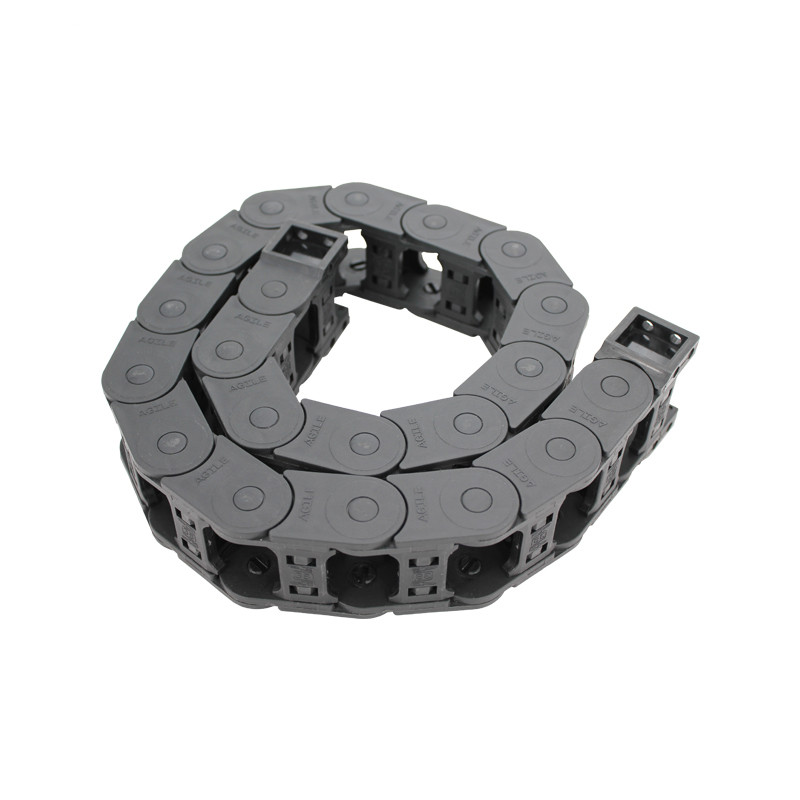electrical cable track
Understanding Electrical Cable Tracks Essential Components for Efficient Electrical Systems
In today's increasingly wired world, electrical cable tracks play a pivotal role in ensuring that our electrical systems function smoothly and safely. Whether in residential buildings, commercial spaces, or industrial facilities, the proper management of electrical cables is crucial. This article explores the importance of electrical cable tracks, their benefits, different types, and best practices for installation and maintenance.
What are Electrical Cable Tracks?
Electrical cable tracks, often referred to as cable management systems, are designed to organize and route electrical cables efficiently. They serve to protect cables from damage, reduce clutter, and enhance the safety of environments where electricity is used. These tracks can take many forms, including cable trays, raceways, conduits, and tracks. They can be made from various materials, including metal, plastic, and fiberglass, depending on the specific application and environmental conditions.
Importance of Cable Management
Cable management is essential for several reasons
1. Safety Unmanaged cables pose a significant hazard. Tripping over loose cables can lead to accidents, while damaged cables can cause electrical failures or fires. Cable tracks help mitigate these risks by securely housing cables and minimizing exposure.
2. Efficiency Properly organized cables facilitate easier installation, maintenance, and troubleshooting. When cables are neatly arranged, technicians can quickly identify issues and replace faulty lines without having to sift through tangled wiring.
3. Aesthetics For many businesses and homes, visual appeal is important. Cluttered cables can detract from the overall look of a space. Cable tracks provide a streamlined solution that enhances aesthetics while promoting functionality.
4. Longevity Exposure to the elements can degrade cables over time. Cable management systems protect cables from mechanical damage, UV radiation, moisture, and extreme temperatures, thus prolonging their lifespan.
Types of Electrical Cable Tracks
There are various types of electrical cable tracks, each suited for different applications
1. Cable Trays These are open structures designed for supporting insulated electrical cables used for power distribution and communication. Available in various materials, such as aluminum, steel, and fiberglass, cable trays offer excellent ventilation and heat dissipation.
electrical cable track

2. Raceways Often enclosed, raceways provide a dedicated channel for electrical wiring. They are typically used in residential constructions and commercial buildings to conceal cables and provide a neat appearance.
3. Conduits These are tubes used to protect electrical wires from external factors. Conduits can be rigid or flexible and are often used in outdoor applications or areas subjected to heavy use.
4. Cable Ladders Similar to cable trays, but with a ladder-like structure, these provide even greater support for heavier cables. They are commonly used in industrial settings where large volumes of cables need to be managed.
5. Floor and Wall Tracks These systems integrate directly into the building's floors or walls and allow for cable routing without interfering with the building’s aesthetics.
Best Practices for Installation and Maintenance
To ensure that electrical cable tracks function effectively, following best practices during installation and maintenance is essential
1. Planning Before installation, a well-thought-out plan should be developed. This plan should include the anticipated cable types, loads, and future expansions. Proper planning can save time and resources in the long run.
2. Clear Labeling Clearly labeling cables can significantly aid in maintenance and troubleshooting. Color-coded labels or tags can help technicians quickly identify and manage different cables.
3. Regular Inspection Conduct regular inspections and maintenance of cable tracks. Check for any signs of wear, damage, or overheating, and address any issues immediately to prevent larger problems down the line.
4. Avoid Overloading Ensure that cable tracks are not overloaded, as this can lead to overheating and reduced efficiency. Follow the manufacturer's guidelines for load capacities.
5. Utilizing Accessories Utilize additional accessories like cable ties, clamps, and separators to maintain organization within the tracks.
Conclusion
In conclusion, electrical cable tracks are indispensable in modern electrical systems. They not only promote safety and efficiency but also enhance the overall aesthetic of environments where electrical infrastructure is present. By understanding the different types of cable tracks and adhering to best practices for installation and maintenance, one can ensure a safe and organized electrical system that meets the demands of today’s technology. Whether you are designing a new building or upgrading existing systems, prioritizing proper cable management will yield significant long-term benefits.








